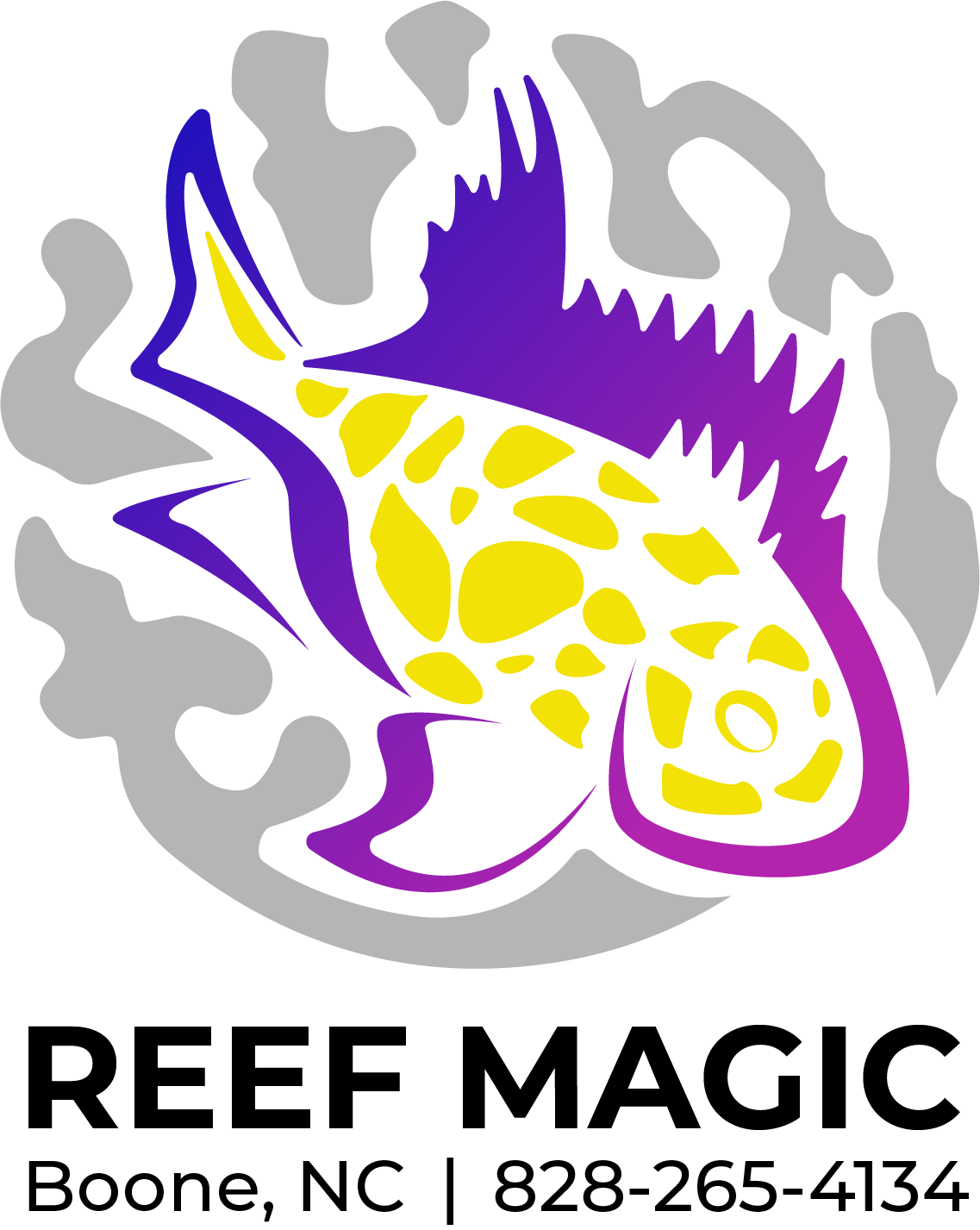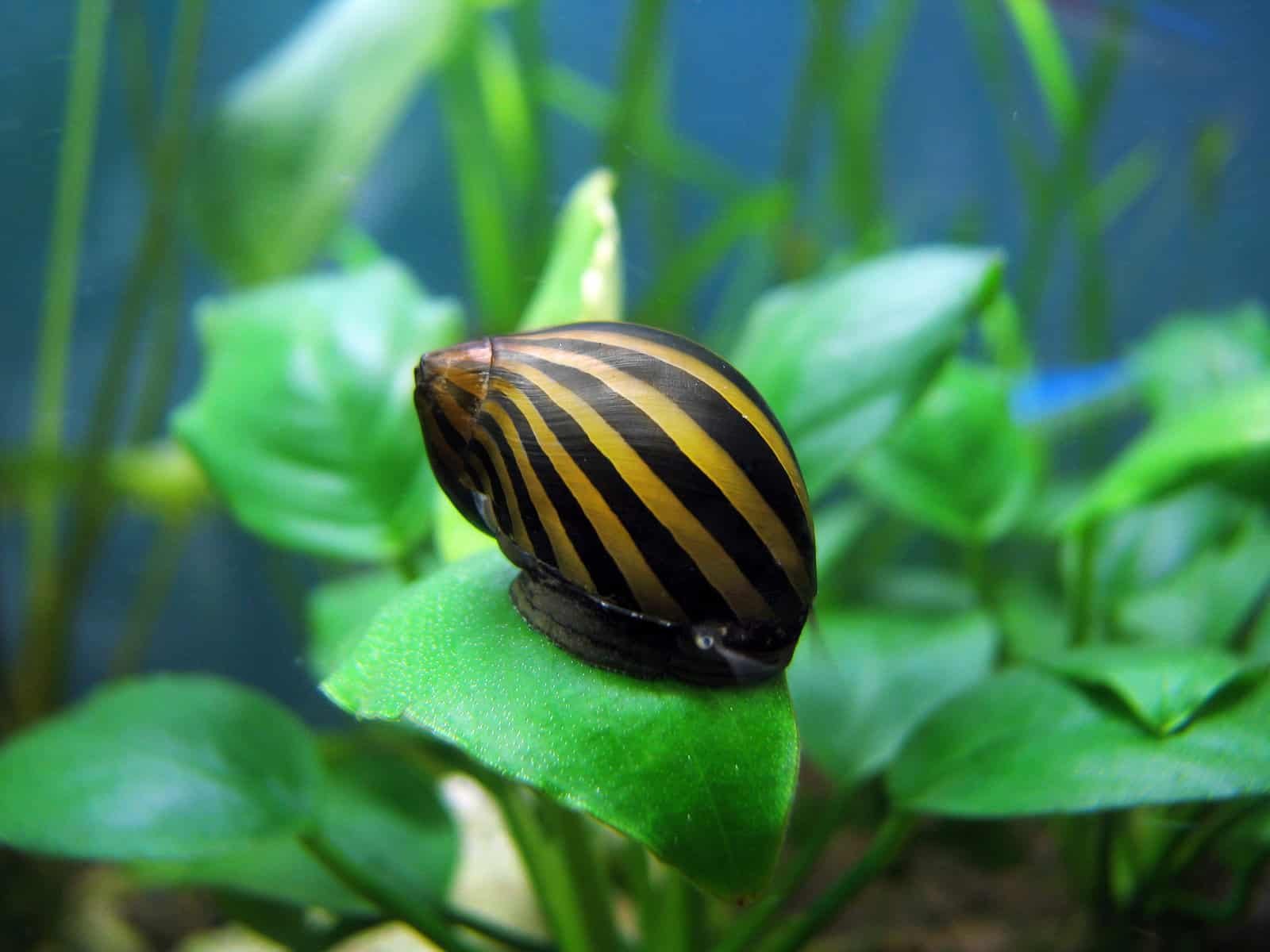 Image 1 of 1
Image 1 of 1


Snail - Trapdoor
Trapdoor Snails, also known as Chinese Mystery Snails or Japanese Trapdoor Snails, are popular freshwater snails that can be kept in aquariums or ponds. Here are the general requirements for keeping Trapdoor Snails:
Aquarium or Pond Size: Trapdoor Snails can be kept in various sizes of aquariums or ponds, depending on the number of snails and other inhabitants. A minimum tank size of 10 gallons (38 liters) is suitable for a small group of snails. In ponds, ensure that the water volume is sufficient to support the snails and the ecosystem.
Water Parameters: Trapdoor Snails are adaptable to a range of water parameters. They prefer slightly alkaline to neutral water conditions. Aim for a pH range of 7.0 to 8.0 and a water temperature between 65-82°F (18-28°C). Maintain good water quality by performing regular water changes and ensuring proper filtration.
Filtration: Use a filtration system appropriate for the size of your aquarium or pond to maintain good water quality. Trapdoor Snails are relatively hardy and can tolerate a range of water conditions, but clean and well-oxygenated water is essential for their overall health.
Substrate and Decorations: Provide a suitable substrate in the aquarium or pond, such as sand or fine gravel, which allows the snails to burrow and forage. Decorate the tank with rocks, driftwood, and live or artificial plants to create hiding spots and a natural environment for the snails.
Tank Mates: Trapdoor Snails are generally peaceful and can be kept with a variety of fish species that won't harm or prey on them. Avoid keeping them with aggressive or fin-nipping fish. Compatibility with other snail species may vary, so research the specific species before cohabitating them.
Feeding: Trapdoor Snails are primarily detritivores and algae grazers. They feed on decaying plant matter, algae, and uneaten fish food. Provide a balanced diet by supplementing their natural food sources with sinking pellets or wafers specifically formulated for snails or bottom-dwelling fish.
Trapdoor Snails, also known as Chinese Mystery Snails or Japanese Trapdoor Snails, are popular freshwater snails that can be kept in aquariums or ponds. Here are the general requirements for keeping Trapdoor Snails:
Aquarium or Pond Size: Trapdoor Snails can be kept in various sizes of aquariums or ponds, depending on the number of snails and other inhabitants. A minimum tank size of 10 gallons (38 liters) is suitable for a small group of snails. In ponds, ensure that the water volume is sufficient to support the snails and the ecosystem.
Water Parameters: Trapdoor Snails are adaptable to a range of water parameters. They prefer slightly alkaline to neutral water conditions. Aim for a pH range of 7.0 to 8.0 and a water temperature between 65-82°F (18-28°C). Maintain good water quality by performing regular water changes and ensuring proper filtration.
Filtration: Use a filtration system appropriate for the size of your aquarium or pond to maintain good water quality. Trapdoor Snails are relatively hardy and can tolerate a range of water conditions, but clean and well-oxygenated water is essential for their overall health.
Substrate and Decorations: Provide a suitable substrate in the aquarium or pond, such as sand or fine gravel, which allows the snails to burrow and forage. Decorate the tank with rocks, driftwood, and live or artificial plants to create hiding spots and a natural environment for the snails.
Tank Mates: Trapdoor Snails are generally peaceful and can be kept with a variety of fish species that won't harm or prey on them. Avoid keeping them with aggressive or fin-nipping fish. Compatibility with other snail species may vary, so research the specific species before cohabitating them.
Feeding: Trapdoor Snails are primarily detritivores and algae grazers. They feed on decaying plant matter, algae, and uneaten fish food. Provide a balanced diet by supplementing their natural food sources with sinking pellets or wafers specifically formulated for snails or bottom-dwelling fish.




